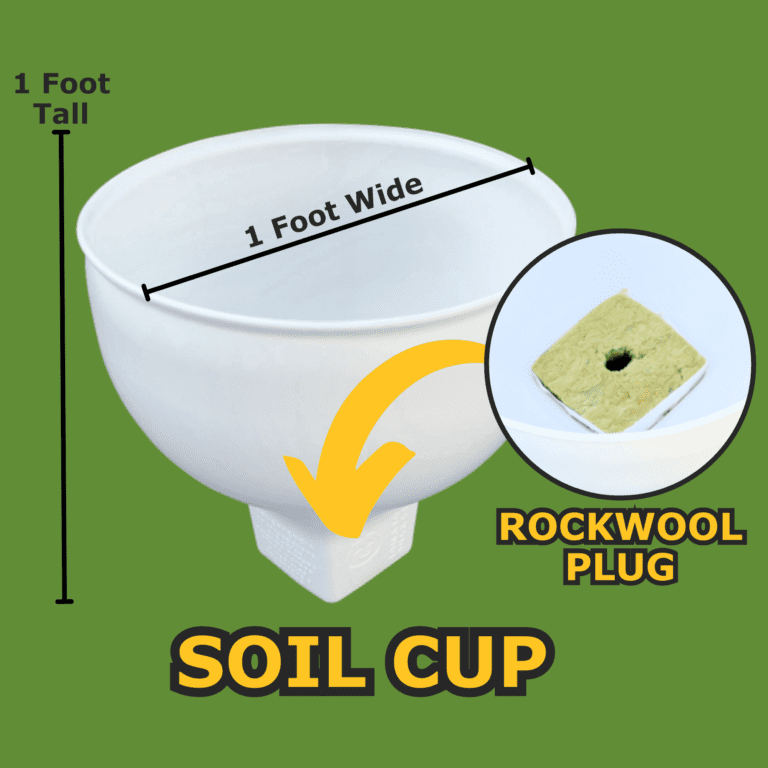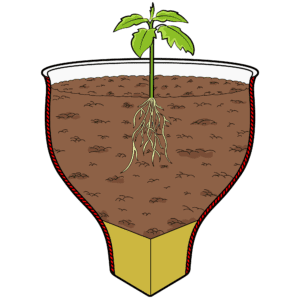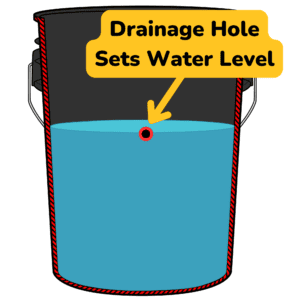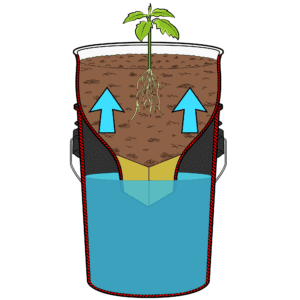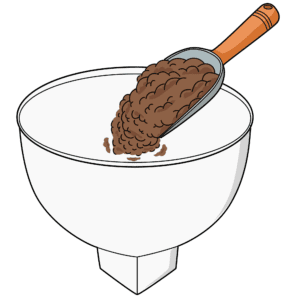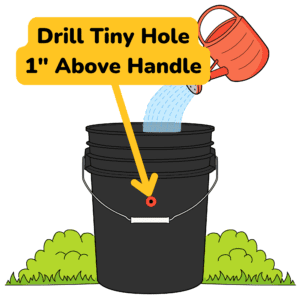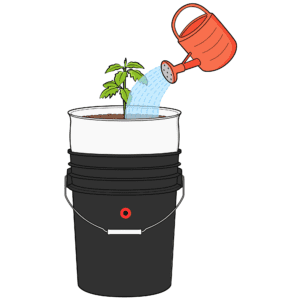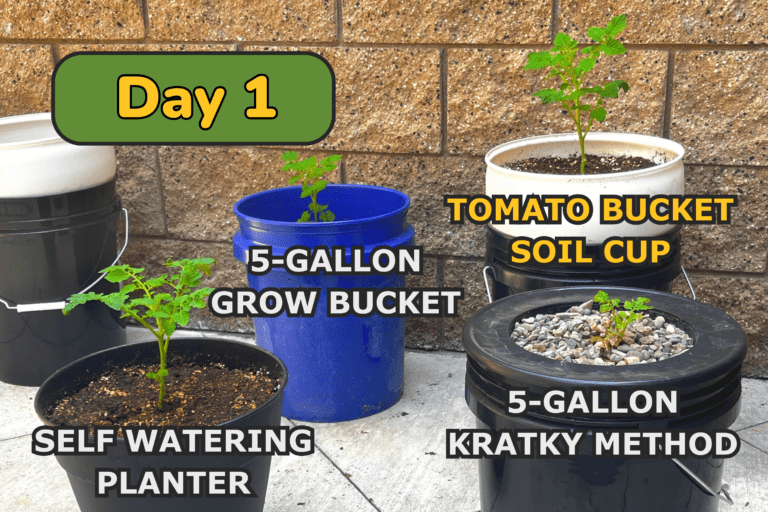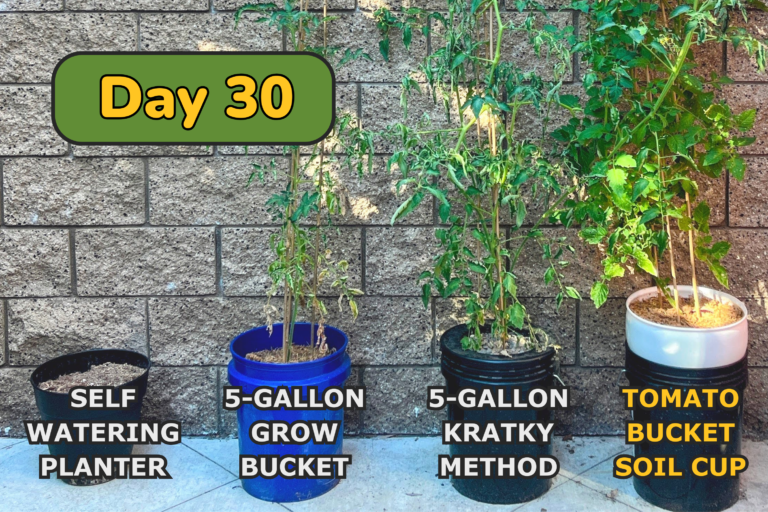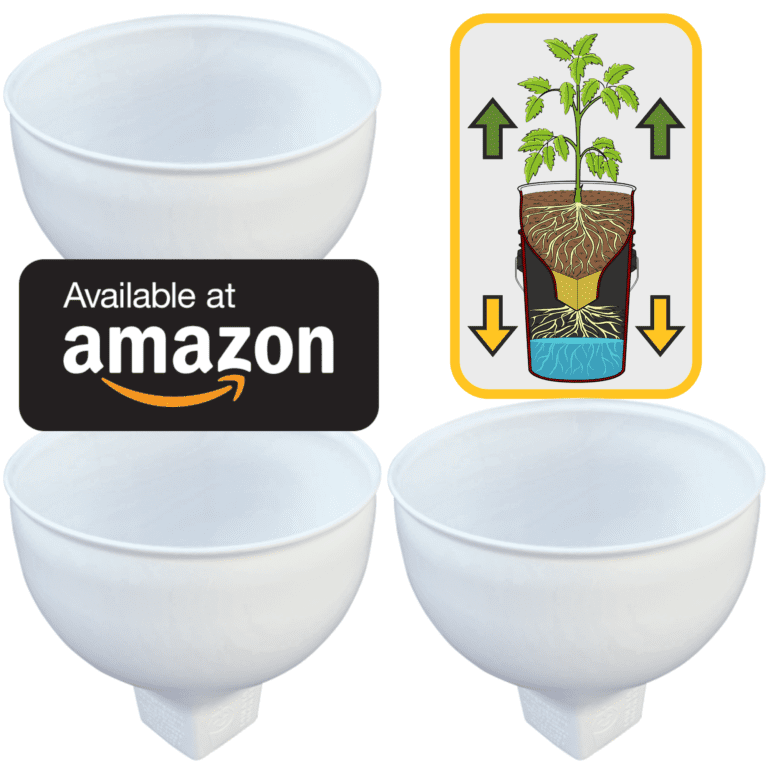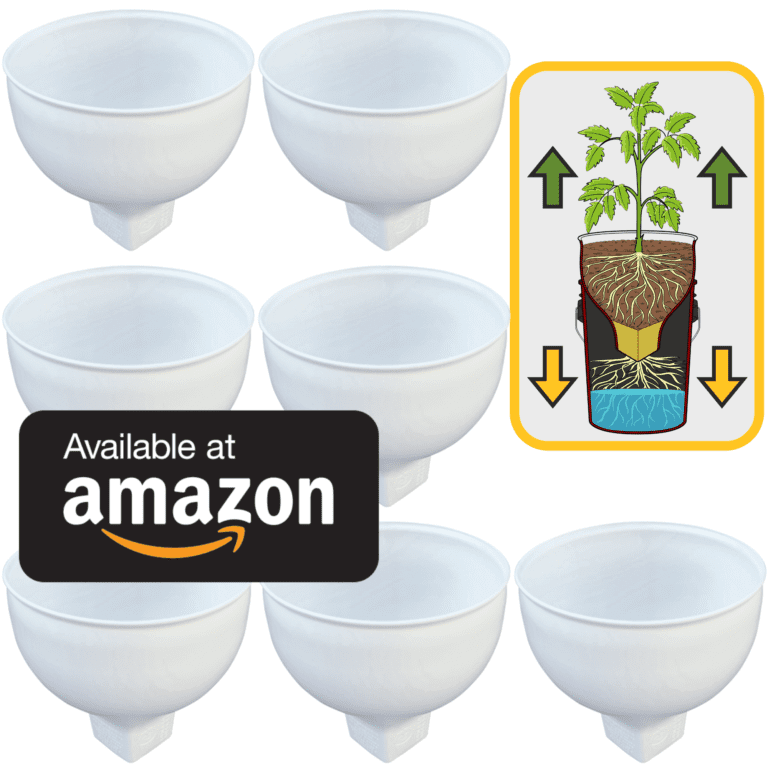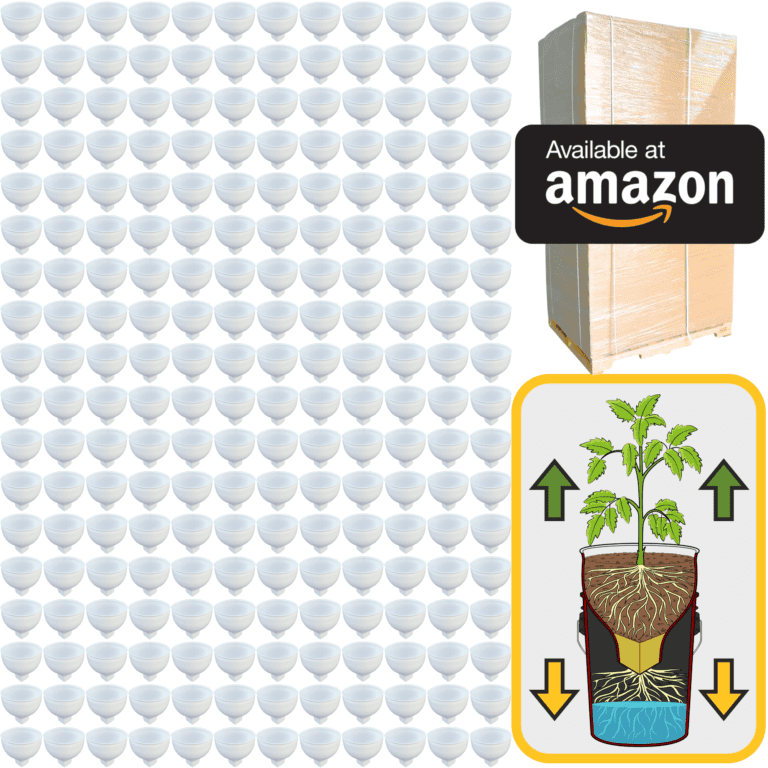Every gardener, no matter how experienced, will face plant problems at some point. It’s simply part of the gardening journey. The good news is that most of the issues plants face can be fixed or even prevented once you know what to look for. Plants, like any living organism, respond to their environment, and when something’s off—whether it’s pests, disease, or environmental stress—they show you signs that something isn’t right. Learning to recognize those signs early can make all the difference in maintaining a healthy, thriving garden.
One of the most common issues you’ll come across in gardening is dealing with pests. Insects love plants just as much as we do, and many can do a lot of damage in a short amount of time. Some of the most notorious garden pests include aphids, spider mites, caterpillars, and slugs. Each of these pests has its own way of attacking your plants, but the good news is that if you catch them early, most can be controlled before they cause significant harm.
Aphids are tiny insects that like to cluster on the underside of leaves, stems, and buds, sucking the sap from your plants and weakening them over time. You might notice leaves curling, yellowing, or distorting, which are telltale signs of an aphid infestation. Aphids also leave behind a sticky substance called honeydew, which can attract ants or lead to the growth of sooty mold. The easiest way to manage aphids is to blast them off with a strong stream of water from your hose. Ladybugs and other beneficial insects are also natural predators of aphids, and you can encourage these helpers by planting flowers like dill or yarrow.
Spider mites are another sap-sucking pest, but they’re even smaller and can sometimes go unnoticed until the damage is done. They often appear during hot, dry conditions and spin fine webs on the undersides of leaves. If your plant’s leaves look speckled or faded and you see tiny webbing, you likely have spider mites. A thorough rinse of the leaves with water can help keep them in check, and increasing the humidity around your plants can discourage them from spreading.
Caterpillars and slugs are the chewers of the garden world. Caterpillars, while sometimes beautiful in their butterfly or moth stages, can devour leaves in no time, leaving your plants looking ragged. Slugs, especially after rain or in moist conditions, can cause similar damage, leaving behind telltale slimy trails. Hand-picking these pests is a simple solution, especially for slugs, which are more active at night. Caterpillars can be trickier, but regularly inspecting your plants will help you catch them before they get out of control.
Diseases are another common problem, and they can affect all parts of a plant—leaves, stems, roots, and flowers. Fungal diseases, in particular, thrive in moist, humid environments, and you’ll often notice them as powdery patches, spots, or mold on the leaves. Powdery mildew is one of the most common fungal issues and looks like a dusting of flour on the leaves. It usually appears during warm, humid weather and can weaken the plant if left untreated.
The best way to prevent fungal diseases is to give your plants plenty of air circulation by spacing them properly and avoiding watering from overhead, which keeps the leaves wet for too long. Watering early in the day also gives plants time to dry off before evening, when cooler temperatures can encourage fungal growth. If you do spot signs of a fungal infection, removing affected leaves and treating the plant with a natural fungicide, like a solution of baking soda and water, can help stop the spread.
Root rot is another disease that’s caused by too much water and poor drainage. If a plant’s roots sit in soggy soil for too long, they can begin to rot, cutting off the plant’s ability to absorb water and nutrients. The plant may wilt, even though the soil is wet, which can be confusing for new gardeners. If you suspect root rot, carefully dig up the plant and inspect the roots. Healthy roots should be firm and white, but roots affected by rot will be brown, mushy, and may even have a foul smell. To prevent root rot, make sure your soil drains well and avoid overwatering, especially during cooler weather when plants don’t need as much moisture.
Environmental stresses can be harder to diagnose, but they’re just as common. Plants, like people, can become stressed by sudden changes in their environment—whether it’s a heatwave, an unexpected frost, or poor soil conditions. When a plant is under stress, it often stops growing, its leaves may turn yellow or brown, and it can become more susceptible to pests and diseases.
Heat stress is one of the most frequent environmental issues gardeners face, especially during the hot summer months. When temperatures soar, plants can lose water faster than they can take it up through their roots, causing them to wilt or even scorch. You might notice the edges of leaves turning brown and crispy, or entire sections of the plant drooping. The best way to protect your plants from heat stress is to keep the soil consistently moist (but not waterlogged), mulch around the base of your plants to retain moisture, and, if necessary, provide some temporary shade during the hottest part of the day.
Cold stress, on the other hand, happens when temperatures drop too suddenly, which can shock plants that aren’t prepared for it. Frost damage can cause leaves to blacken and die, especially in tender plants like tomatoes or peppers. If you know a frost is coming, covering your plants with a frost cloth or even an old sheet can help protect them from the cold. In some cases, moving container plants indoors for the night is the best solution.
Sometimes plants struggle because of poor soil conditions. If your plant’s growth is stunted, or the leaves are turning yellow despite good watering and light conditions, the problem could be a lack of nutrients in the soil. Plants need essential nutrients like nitrogen, phosphorus, and potassium to grow and thrive. A soil test is the best way to determine what’s missing and can help you choose the right fertilizer to boost your plant’s health. Organic fertilizers like compost or worm castings are a great way to improve soil quality over time, providing a slow and steady release of nutrients.
Compacted soil is another common problem that limits a plant’s ability to grow. When soil becomes compacted, whether from heavy foot traffic or poor soil structure, water and air can’t reach the plant’s roots, which leads to slow growth or even plant death. If your soil feels hard and doesn’t drain well, it’s likely compacted. The best way to fix this is to aerate the soil by loosening it with a garden fork and adding organic matter like compost to improve its structure. Raised beds can also help in areas with heavy, compacted soil, giving your plants the loose, well-draining environment they need to thrive.
Finally, it’s important to remember that no garden is perfect. Every gardener, no matter how skilled, will face setbacks with pests, diseases, and environmental challenges. The key is to stay observant and proactive. The earlier you catch a problem, the easier it is to fix. Regularly inspect your plants, check the soil, and learn to read the signs your plants are giving you. Over time, you’ll develop the confidence and experience to solve these problems with ease.
Gardening is a journey of learning and adapting, and every problem you solve makes you a better gardener. Each challenge—whether it’s dealing with aphids or figuring out how to prevent root rot—is an opportunity to deepen your understanding of the plants you care for. And as you gain more experience, you’ll find that these issues become less overwhelming and more like small bumps along the road to creating the garden of your dreams.

